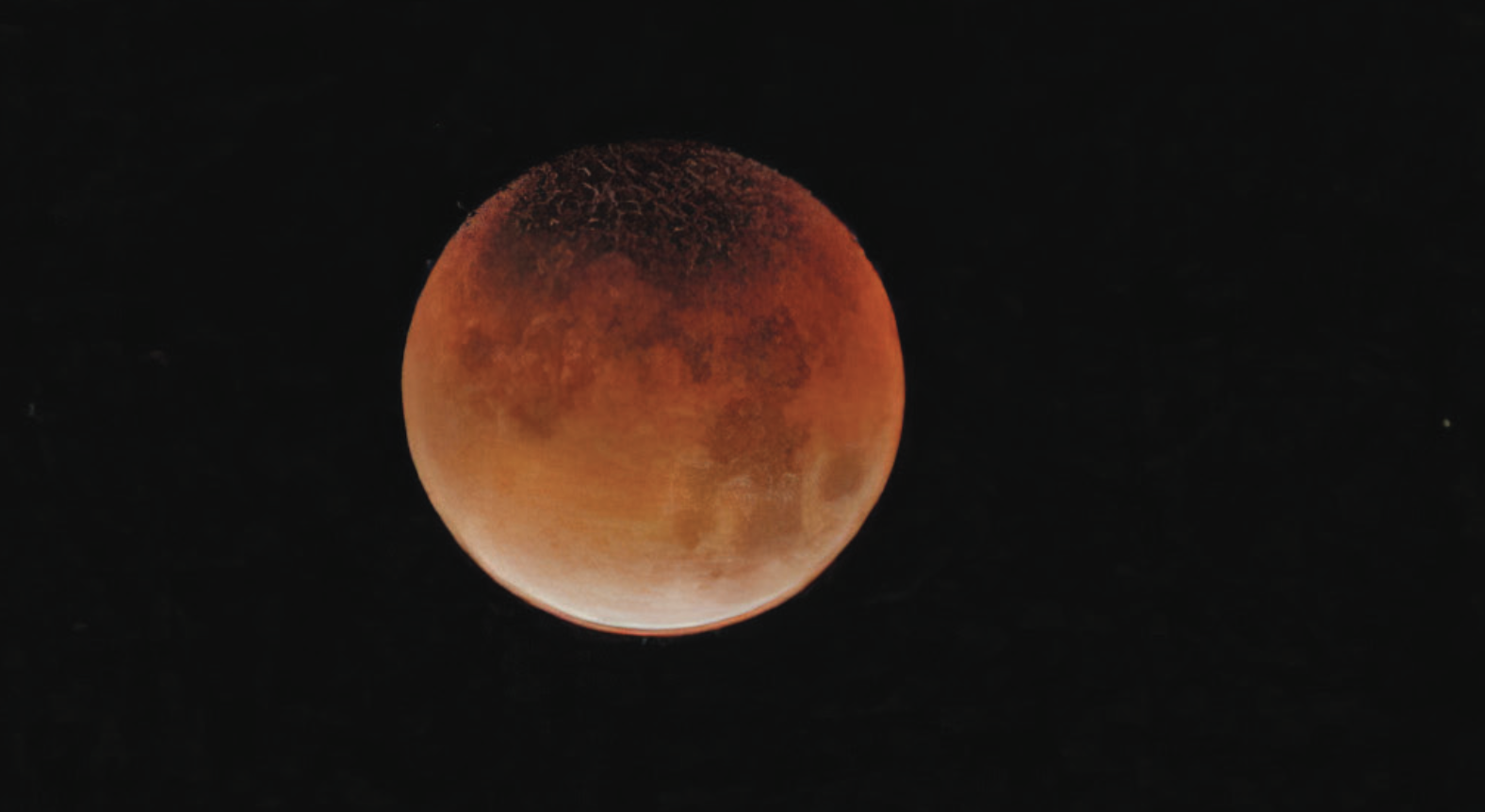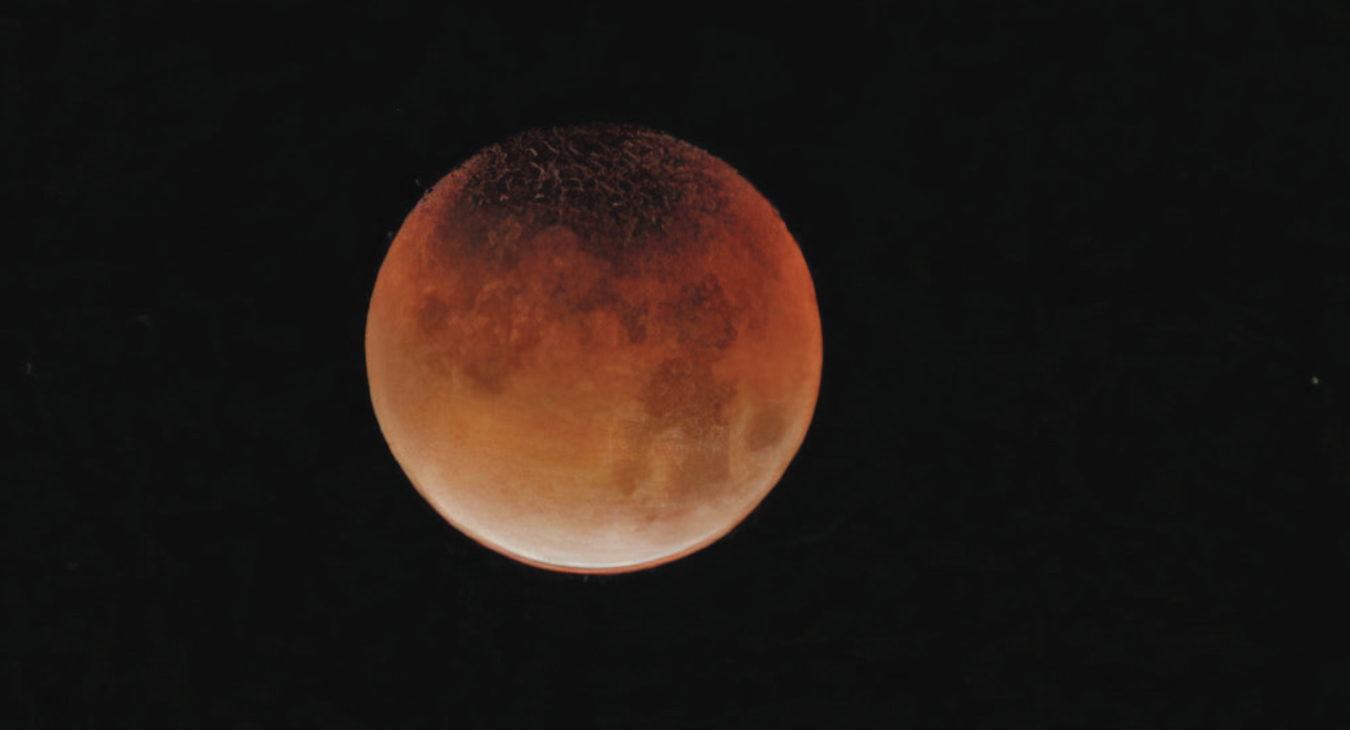Total Lunar Eclipse
By Alana Hale
For the past several months, the brilliant planet Venus has dominated the evening sky. That show comes to an end during March.
While Venus still sets an hour after the end of dusk at the beginning of the month, it rapidly sinks toward the western horizon, and by midmonth is lost in twilight. After passing between Earth and the sun March 23, Venus begins climbing rapidly into the dawn and will be a brilliant beacon in our morning sky throughout most of the rest of 2025.
Curiously, the crescent moon makes a close pairing with Venus twice this month: a somewhat close meeting the evening of March 1, and a more distant meeting in the morning sky March 27.
Our solar system’s other inner world, Mercury, also makes an appearance in our dusk sky during the first two weeks of March. It passes close to Venus on the evening of March 12, although this event takes place fairly deep in bright twilight and will not be easy to see.
Two other planets are also visible in our evening skies this month. Jupiter is fairly high in the western sky as darkness falls and sets one to two hours after midnight, while Mars is high overhead around the end of dusk and sets during the midmorning hours.
We will see a total eclipse of the moon late Thursday to Friday morning, March 13–14. The partial eclipse, when the moon enters the Earth’s umbra, or dark inner shadow, begins shortly after 11 p.m., with totality beginning just before 12:30 a.m. and lasting for the next hour. The partial eclipse ends around 2:45 a.m.
During totality, the moon’s surface takes on a red-orange glow, as it reflects the combined light from sunrises and sunsets on Earth at that time. This is the first total lunar eclipse our part of the world has seen since May 2022. The next is March 3, 2026.
A partial solar eclipse also takes place March 29, though we won’t see this event. The eclipse will mainly be visible from Europe, Northwestern Africa and Greenland. The Northeastern United States and Southeastern Canada will see up to 80% or more of the sun covered at sunrise.
New Mexico doesn’t see another solar eclipse until January 2028, when we will get a small partial eclipse. In 2029, we will get a distinctly deeper partial eclipse.


